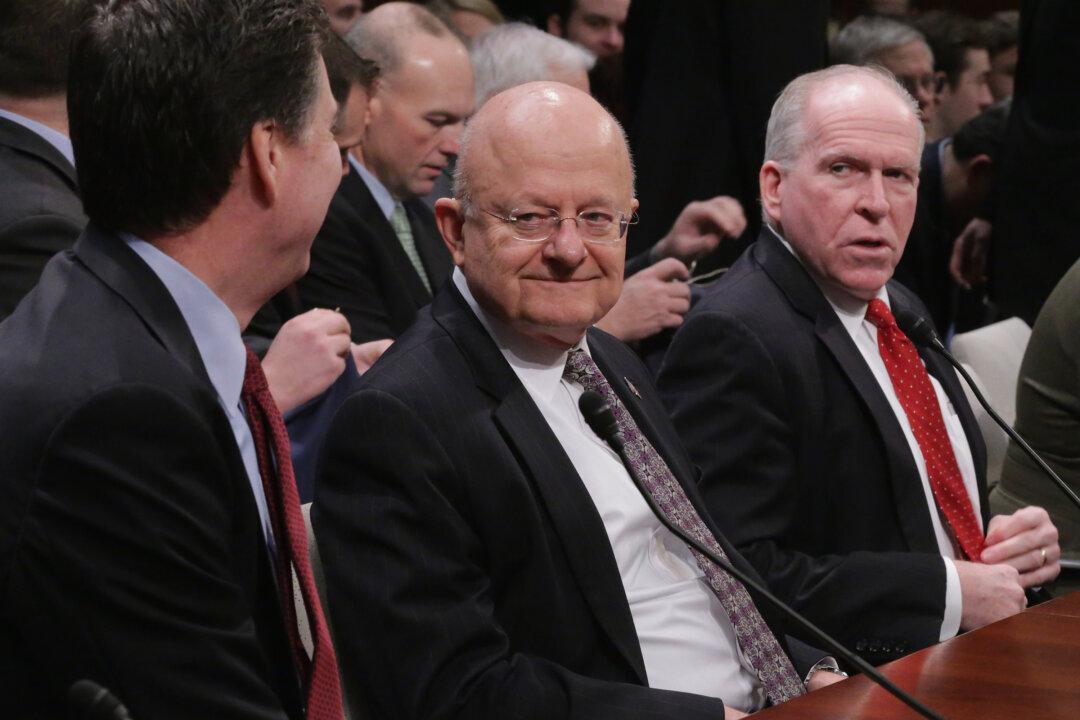News Analysis
U.S. Attorney John Durham, tasked to look into the origins of the FBI’s “Crossfire Hurricane” investigation, is now “investigating CIA resistance to sharing Russian secrets,” according to a Feb. 13 report in The New York Times.

U.S. Attorney John Durham, tasked to look into the origins of the FBI’s “Crossfire Hurricane” investigation, is now “investigating CIA resistance to sharing Russian secrets,” according to a Feb. 13 report in The New York Times.